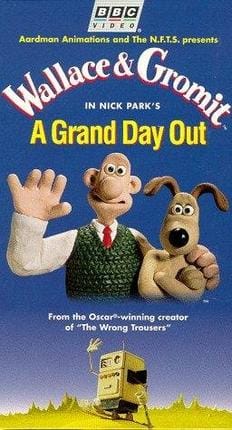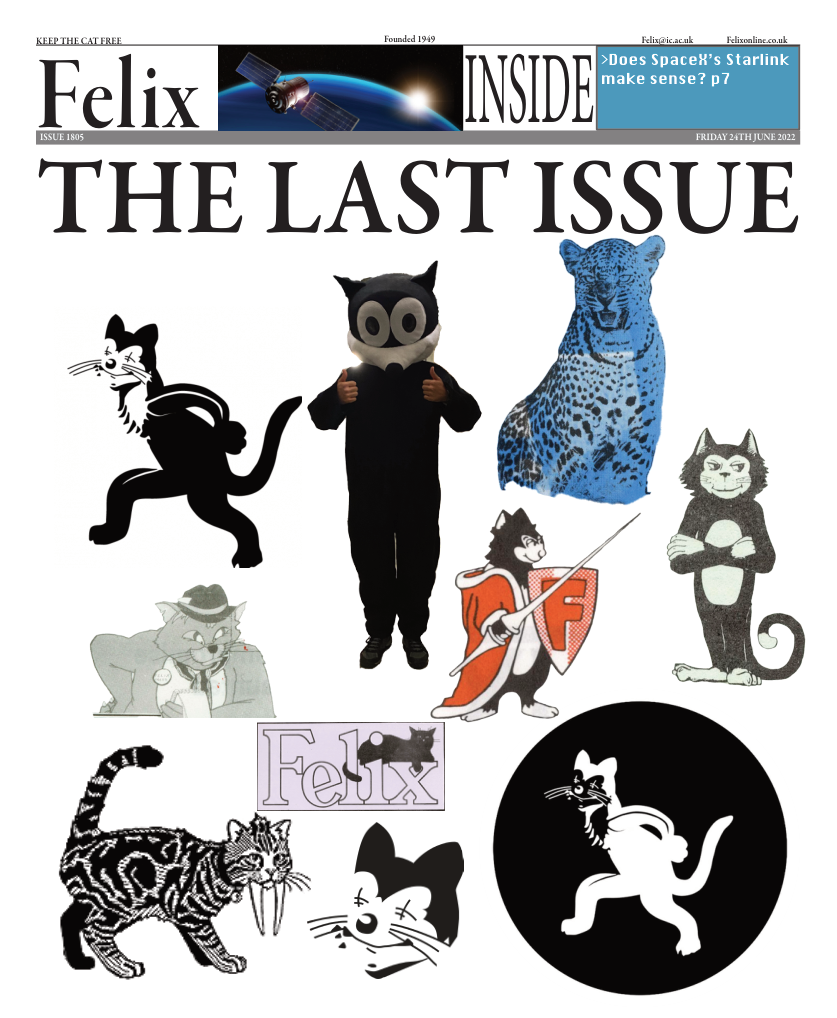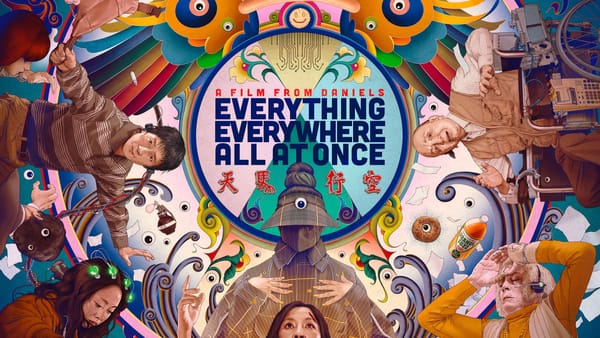A Grand Day Out
A practical guide on what to do if you run out of cheese

Over its ever-so recognisable theme tune, the words ‘A Grand Day Out’ are spelled out against the backdrop of a living room wallpaper, faded beige, patterned with little red flowers. Decorating the scene, a vintage camera hanging by its strap, a red and white beach chair, and a framed illustration of some Swiss cheese. The camera then proceeds to pan across a variety of holiday magazines sprawled across the floor, a spinning globe and finally a familiar hand holding ‘Picnic Guide’, before finally introducing our main characters, Wallace and Gromit, lazily relaxing in their sofas on a quiet English evening.
For those of us already familiar with the series, perhaps through repeat watchings when we were young, these few seconds will be like revisiting an old friend, full of charm and nostalgia, not requiring any lengthy reintroduction. But it would be dismissive to cast all the qualities of this little gem as products of sentimentality. Rewatching this now, it is so evident the craft and creative talent that must have gone into making this film. A Grand Day Out was made by Nick Park (with Aardman Animations) in 1989 as his graduation project, using stop motion claymation. The animation here so meticulous and beautifully human, the fingerprints on the character models still visible, the sweeping landscapes shining pristine.
With a short runtime of 23 minutes, A Grand Day Out keeps things simple. Three characters, of which only one can talk (voiced by Peter Sallis), and a tale as ancient as time: Wallace and Gromit have run out of cheese to have with their crackers, so go to the moon to get some. With the dialogue necessarily being quite thin (it does take two to tango, after all), a lot is done instead through visual storytelling and the combination of soundtrack and sound effects. Following the tradition of the silent movies of the 1920s, a lot of jokes inevitably end up being told through slapstick, and, childish as these jokes may be, it is hard not to get won over by them.
The third character, a dormant robot (a police
robot of sorts) on the moon, is likely the most emotive character here. When activated by Wallace, through a ten pence coin, it cleans up after their mess, even issuing the rocket a parking ticket. As the robot looks through Wallace’s picnic basket and finds a skiing magazine, we learn that the robot yearns to be on Earth, skiing away. In spite of its efforts to hijack the rocket to get to Earth, Wallace and Gromit jet off without it, leaving the robot back where it began, all alone, dispirited by its unrealised dreams. That of course is not the end of the robot’s story, but I will not spoil any more.









